Are All Magnolia Flowers Edible?
It’s not guaranteed that all Magnolia species are safe to eat as it needs further research and experiment, especially with experts. So, do it with full caution as plants can have some toxicity present in them. Of all Magnolia species, the wild Magnolia grandiflora is regarded as safe. Other known edible plant part includes nectar and ripened fruit parts of the likes of berries, peels, and seeds too (especially burning in ashes).
The petals of the Magnolia grandiflora plant are pickled and served as a spicy condiment in some parts of England. In some Asian cuisines, the buds are pickled and used to flavor rice and scent tea, while in others, they are eaten raw. Japanese cuisine includes broiled young leaves and flower buds of Magnolia hypoleuca, which are consumed as a vegetable. Older leaves are ground into a powder and used as a seasoning. Dried, whole leaves are placed on a charcoal brazier and filled with miso, leeks, daikon, and shiitake mushrooms, then broiled until soft and tender. Hoba miso is a type of miso that is seasoned with magnolia and is popular in Japan.
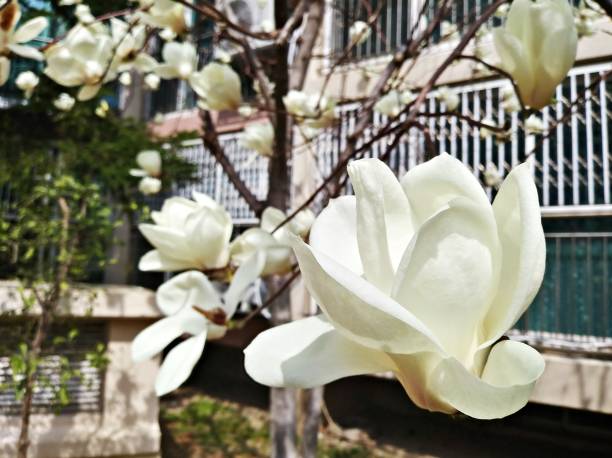
Table of Contents
How Do Magnolia Blossoms Taste?
Their flavor is very strong and they taste very much like how they smell. There is a strong clove and ginger flavor to the petals. In occasional cases, there’s a gentle taste of bitterness. Fresh magnolia flowers can be even pickled. Dried flower buds are used to make tea for insomnia or anxiety as well as spice. They are also used as a garnish, especially in cakes and also in a variety of dishes, from cold noodles and tacos to sandwiches, burgers, and hot dogs. Fresh cheeses and dishes that call for ginger are good pairings. Another thing you can do with Magnolia grandiflora’s leaf is used it like a bay leaf, like in soups and other things. If you use the whole leaf, it’s too big. As a bay leaf, cut it into small pieces. It also works well with a sweet touch of honey and syrup. It is also possible to use the petals to make a salad dressing by infusing them with light vinegar, such as white wine vinegar.
Magnolia flowers might look small and dainty, but they come with quite a surprise to our tastebuds. Not only do they have gourmet qualities like being fragrant and delicious, but they also have plenty of health benefits too.
According to Handmade Apothecary, in the color spectrum, deeper pinkness is associated with more intense flavors. However, if the color is too pink, the taste becomes bitter and overwhelming. The white and light varieties of flowers did not always have a strong flavor, and vice versa. As a result, as a general rule, the best flowers to forage for fresh use are those that have a white/pink bi-color or are pink outside/white inside, followed closely by those that are a single tone mid-light pink throughout the entire flower. The darker pink ones are more bitter when fresh, but they may be better for drying because the flower flavor degrades when they are kept in the refrigerator.
It is possible that drying will alter the flavor profile as well, but in a quick check we performed after drying, the stronger flavors appeared to be relatively stable. It appears that the lighter citrusy-flavoured petals are best used fresh; for example, the M. loebneri ‘raspberry fun’ and the M. kobus, both of which appeared perfect for adding small fresh pieces to mixes of other edible flowers on cakes, Their appearance is less attractive than that of the pink varieties after they have been harvested because they turn brown relatively quickly after harvesting.
Edible Magnolia Flowers
Coconut Magnolia
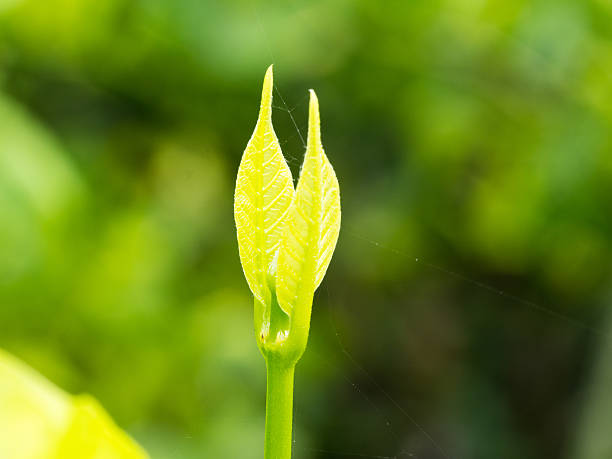
It’s a tree or shrub which occurs naturally in the tropics and subtropics of the world. It is widely grown as an ornamental plant, both for its fragrant flowers and large, spreading limbs. The fruit is a sweet edible ball, typically green when unripe but turning purple when ripe.
Southern Magnolia
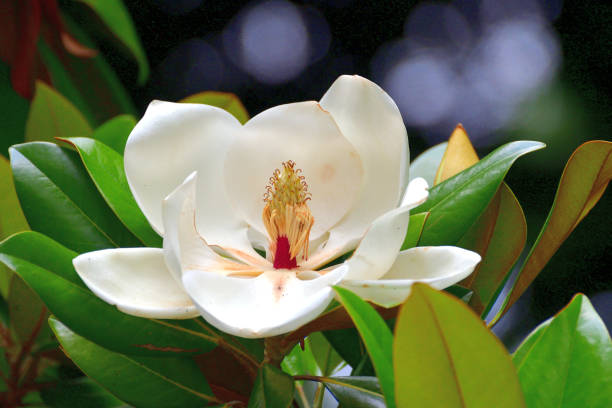
The Georgia Magnolia, or Southern Magnolia, is a large and majestic tree native to the southeastern United States. It can grow to be over 100 feet tall and have a trunk up to 12 inches in diameter. The bark is smooth with a reddish hue. The leaves are large, green, and leathery. The flowers are white and fragrant. These blooms are common for magnolia dishes than any other varieties.
Yulan Magnolia
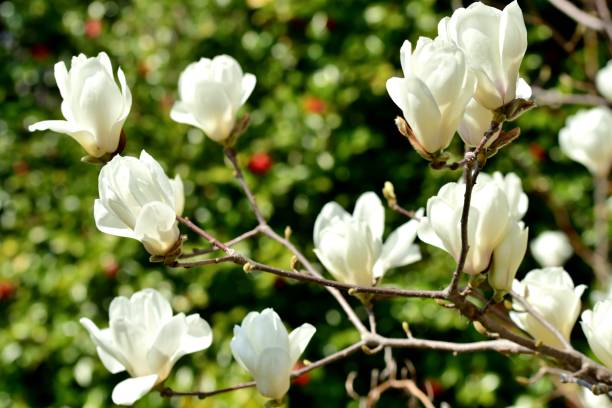
Sometimes called plum blossom magnolia, is a species of flowering tree in the Magnoliaceae family. It is endemic to China and Taiwan. The trunk and branches are covered with small, soft, white flowers that bloom from early spring to late summer. The fruit is a red or purple drupe. For flavoring rice, the flowers are preserved after the calyx is removed.
Whitebark Magnolia
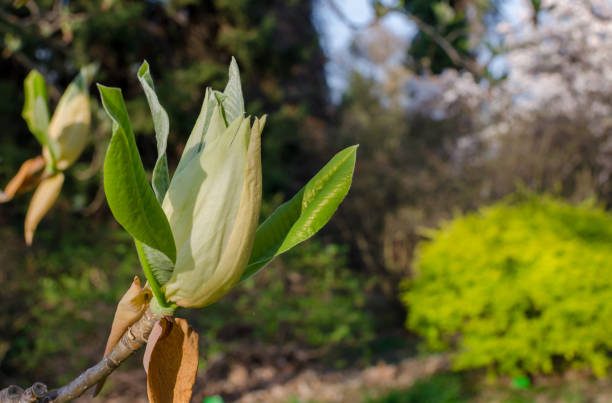
Boiling and eating the tender young leaves and flower buds is a traditional way to enjoy this plant. As a flavoring, leaves are ground up and sprinkled on food. Using a barbecue, whole dried leaves are stuffed with miso, daikon, and shiitake and then grilled. Miso and rice are served with a miso mixture that has been infused with the flavor of the leaves.
Mokryeon
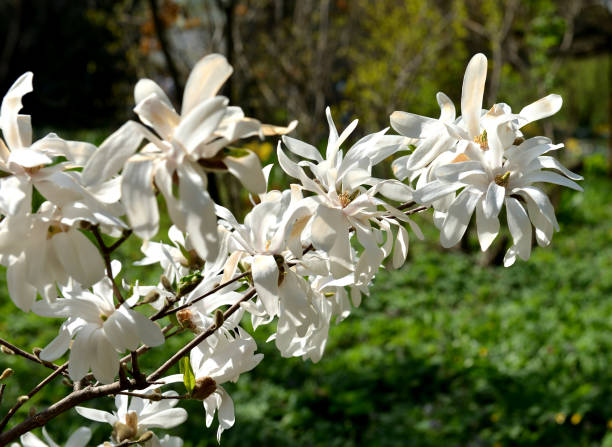
Flowers and flower buds are cooked in this recipe. The leaves are consumed or used to make a beverage such as tea. Older leaves are powdered and sprinkled on foods as a flavoring agent when they are cooked.
Lily Magnolia
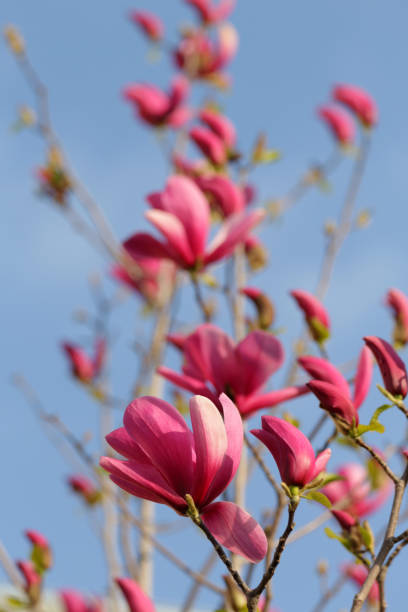
In order to reap the benefits of magnolia all year round, they can be dried and used as a seasoning or substitute for ginger or cardamom. However, because they are not as pungent as ginger or cardamom, they are not recommended for prolonged cooking.
Mexican Magnolia
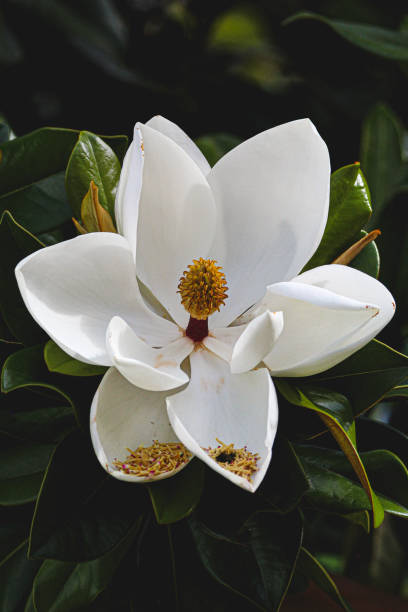
To add a nutmeg-like flavor to chocolate and other foods, the powdered cones (more likely the petals) are said to be used.
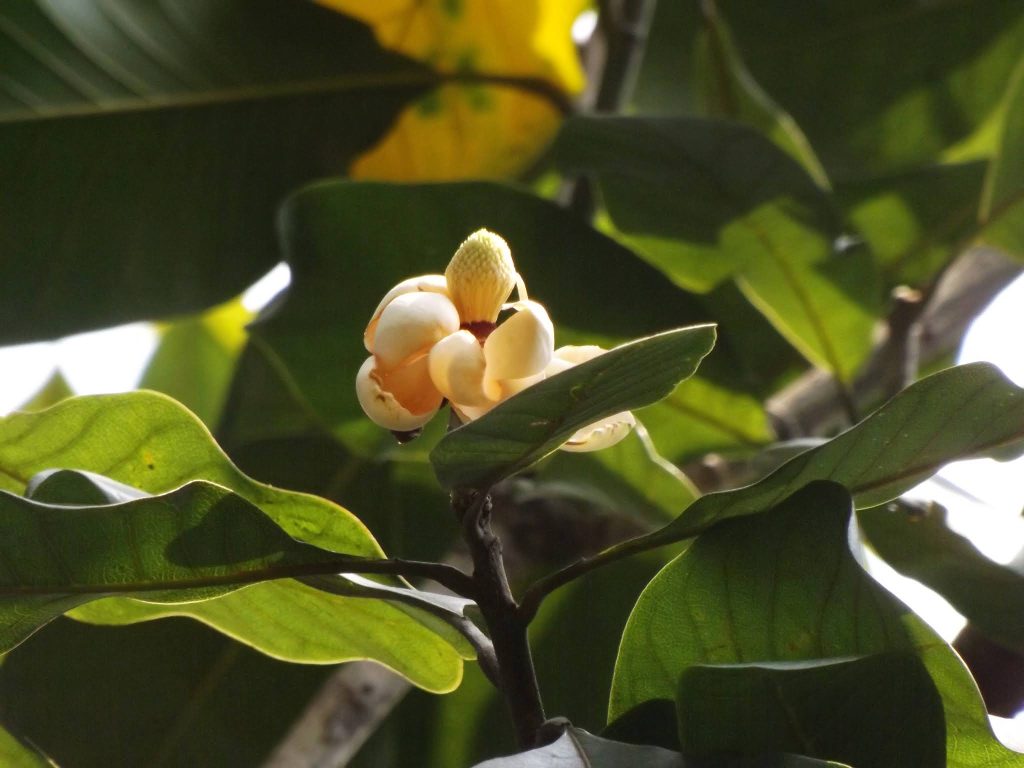
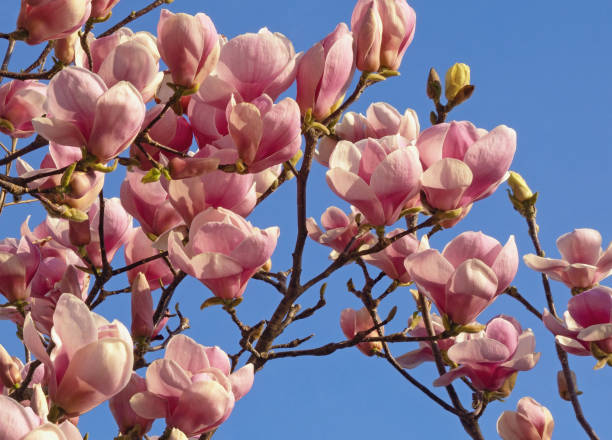
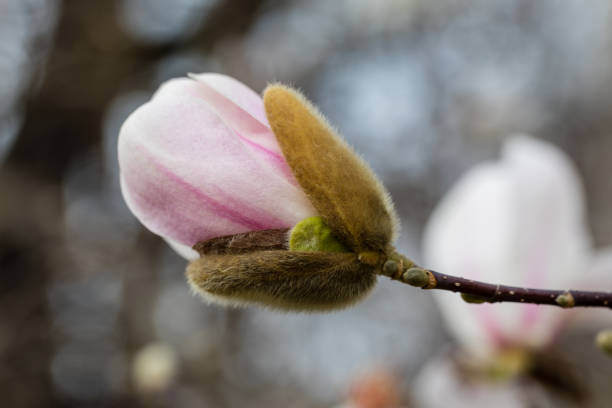
Chinese Magnolia
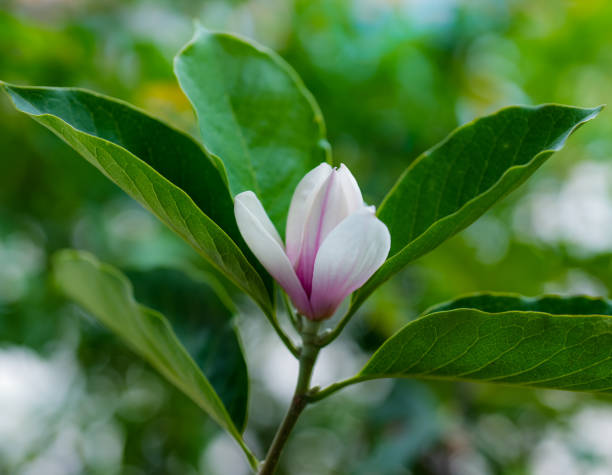
The Chinese magnolia, Magnolia x soulangeana, is a large tree that can grow to be 30 to 50 feet tall and up to 20 feet wide. The leaves are long and narrow, with serrated edges. The flowers are small and white, with five petals. The Chinese magnolia is native to south-central China and southeast Asia, but it can be found growing wild in many parts of the United States.
Sweetbay Magnolia
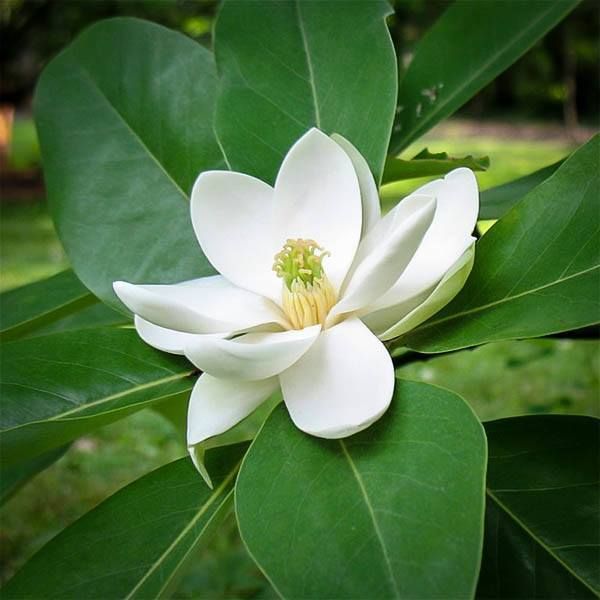
Using a leaf, similar to how you would use a bay leaf to flavor soups and other dishes, is the most straightforward way to appreciate the beauty of this tree and the sweetness of the sweetbay magnolia. Although the leaves are large, it is generally recommended to cut them into smaller pieces when using them in this manner due to their strong flavor and because of their size. When preparing tea, sweetbay magnolia leaves should be cut into smaller pieces so that the flavor of the tea does not become overpowered by their sweetness. If you find the flavor of your wild tea to be too weak, as with all wild teas, simply add a bag of regular or green tea to the herbs to bring the flavors together. The consumption of magnolia bark tea has been suggested to be effective in curing tobacco users of their addiction, and it can be used long-term with no known side effects.
Magnolia Recipes
Magnolia Stress Tea Smoothie
Are you feeling stressed? Want to grab some smoothie to freshen up your not so delightful day? Try this Magnolia Smoothie by Dee Dine of Green Smoothie Gourmet.
Ingredients:
Magnolia Smoothie
- 1 cup homemade Magnolia petal tea
- 2 tbsp white chia seeds
- 3 cups frozen raspberries
- ½ cup lemon juice
- 4 tbs baobab powder
Coconut Faux Yogurt
2 cup Thai coconut meat
½ cup coconut water
1 tsp probiotic powder (Just open a capsule or two)
1 tsp coconut nectar or maple syrup
2 tsp lemon juice
Instructions:
Preparing Yogurt
- Blend the thawed coconut meat, water, probiotic capsules, coconut nectar or maple syrup, and lemon juice until smooth.
- Blend and chill. About 2 days.
Preparing Magnolia Petal Tea
- Collect 2 cups of Magnolia petals from a tree that has not been treated with fertilizer or insecticide.
- Wash the petals by hand.
- In a pot, bring 3 cups of water to a boil, then remove from the heat and add the 2 cups of Magnolia petals.
- Place the pot in the refrigerator, covered, overnight to allow the petals to steep even more.
- The next day, strain off the leaves and refrigerate your concentrated tea.
Making the Magnolia Smoothie
- Blend until smooth.
- To make the Magnolia smoothie, fill half your smoothie container with yogurt, then pour on the Magnolia smoothie and swirl with your spoon.
- Enjoy the initial calm that should follow a few sips!
Pickled Magnolia Flowers
Magnolia Syrup
Did you know that you can make a syrup out of magnolia flowers and just add 2 simple ingredients, sugar and water? You can sprinkle it on your pancakes or sweeten your tea, juice, homemade salad, or whatsoever. It can be used as cordial hot or cold water. It can be a nice ginger tea substitute because of its gingery flavor and tickling spiciness. Try this simple recipe now by Katherine Martinelli of Daily Meal.
Ingredients:
- 1 cup of water
- 1 cup of sugar
- 1 heaping cup (35 grams) magnolia petals
Instructions:
- To start, put the sugar and water in a small saucepan or pot. In a saucepan, bring the water to a boil over medium-high heat and stir occasionally until the sugar is dissolved.
- One cup of magnolia leaves should be mixed into the soup. Lower the heat a little so that the liquid is at a low simmer; let it simmer for about 20 minutes, then remove it from the heat.
- Remove the heat. Allow the syrup to cool down a little bit, then carefully pour it through a fine-mesh sieve into a sterilized bottle or jar.
- Allow it to cool down completely, then store it in the fridge for up to a month.
Other Magnolia Flower Recipes to Try:
- Pickled Magnolia Flowers
- Braised Magnolia Flower Buds
- Magnolia Flower Vinegar
- Magnolia Flower and Tempeh Dumplings
Magnolia Health Benefits
Magnolia is used to help with weight loss, digestion issues, constipation, inflammation, anxiety, stress, depression, fever, headaches, stroke, and asthma, to name a few conditions.Magnolia flower buds are used to treat stuffy noses, runny noses, the common cold, sinus pain, hay fever, headaches, and dark spots on one’s face.For toothaches, some people apply the magnolia flower bud directly to the gums with a cotton ball.
